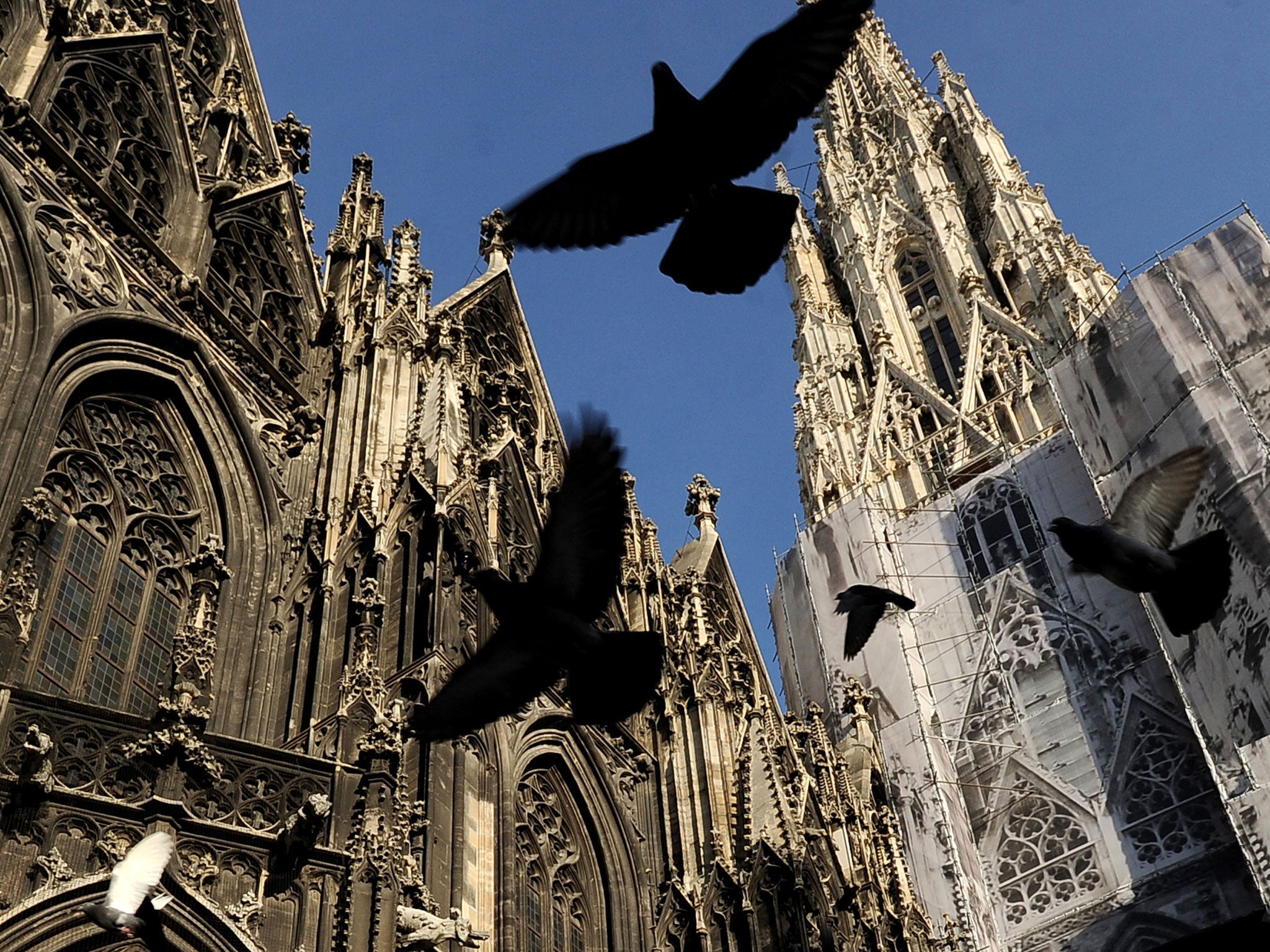Does a truck carrying birds get lighter when they take off? New bird measuring kit solves physics riddle
Previous tests showed that the weight would stay the same — but new precise measurements show that it would actually fluctuate

Your support helps us to tell the story
From reproductive rights to climate change to Big Tech, The Independent is on the ground when the story is developing. Whether it's investigating the financials of Elon Musk's pro-Trump PAC or producing our latest documentary, 'The A Word', which shines a light on the American women fighting for reproductive rights, we know how important it is to parse out the facts from the messaging.
At such a critical moment in US history, we need reporters on the ground. Your donation allows us to keep sending journalists to speak to both sides of the story.
The Independent is trusted by Americans across the entire political spectrum. And unlike many other quality news outlets, we choose not to lock Americans out of our reporting and analysis with paywalls. We believe quality journalism should be available to everyone, paid for by those who can afford it.
Your support makes all the difference.A new super-sensitive device could solve mysteries about how birds fly.
Scientists at Stanford University have made a device that can precisely measure the weight of birds in flight, and the force created by each wing flap.
It was developed to help the team measure the flight of tiny drones.
But it also helps solve a mystery — whether a truck carrying birds would get lighter when they took off.
The question was put to the test on American TV show Mythbusters, by putting a truck full of pigeons on a scale and getting them to fly. They guessed that was probably because the air being displaced by the birds’ wings was pressing down on the box.
While that’s mostly correct, the precise measurements of the new device shows that the box would change as the birds flap their wings.
Measurements from one bird showed that they actually make twice the lift when they flap their wings down, so that they don’t have to lift their weight when the wings come back up again.
If the box had only a few birds in it, that would mean that it the weight would fluctuate as they flapped. If more birds were in the box, the weight would probably even out, as they all flapped their wings at different times.
The sensor will be used to test small drones, and fine tune their flight.
Join our commenting forum
Join thought-provoking conversations, follow other Independent readers and see their replies
Comments